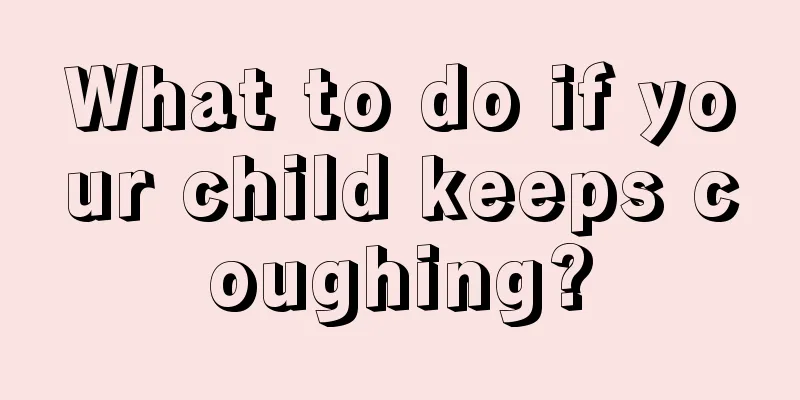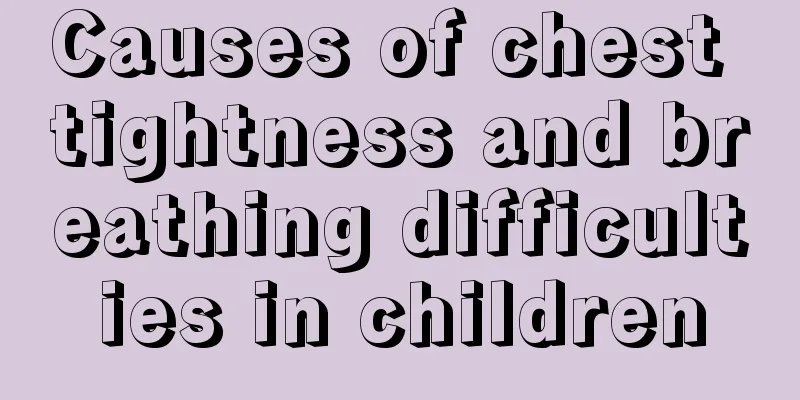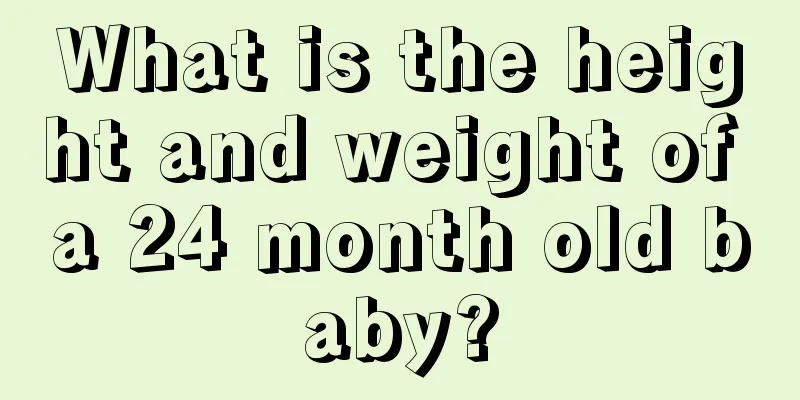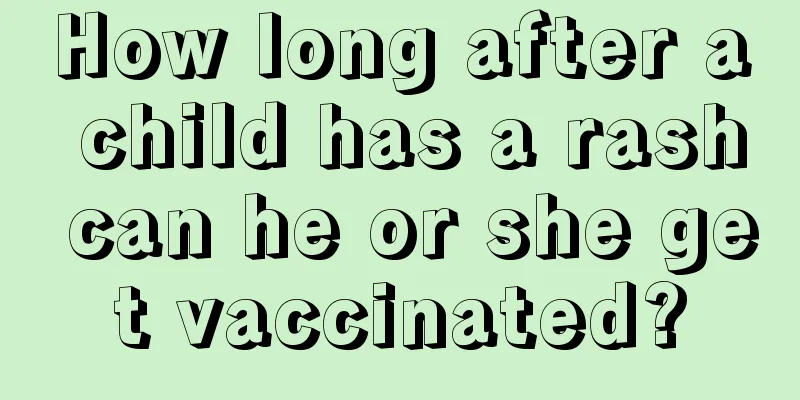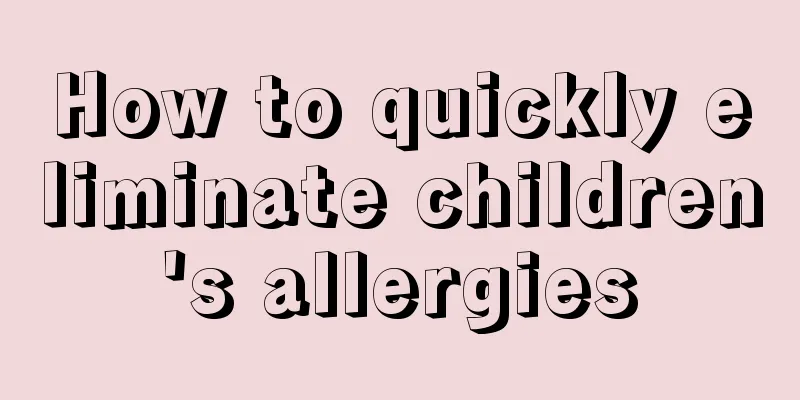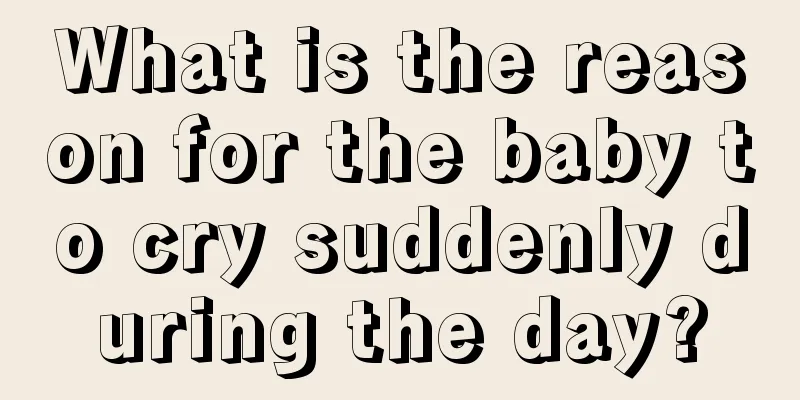Can low calcium in children cause convulsions?
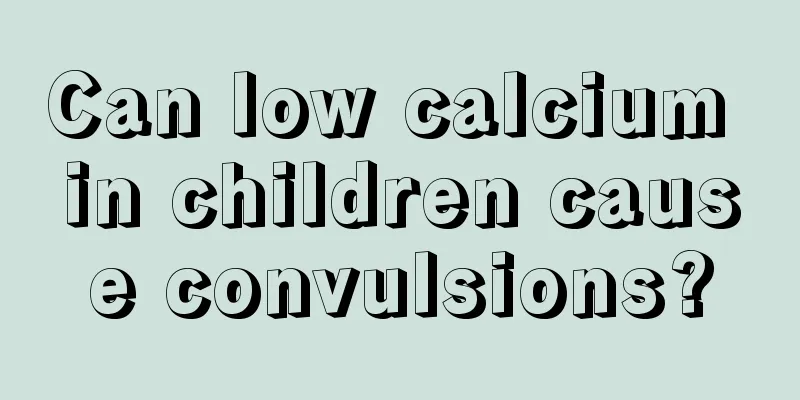
|
Hypocalcemia convulsions in children are a very common physiological feature of calcium deficiency. Due to severe calcium deficiency and lack of vitamins, the muscle and nerve functions of the children will be overly excited, and they will show local and whole-body convulsions and epilepsy, which are slightly different, but the symptoms are similar to epilepsy. These children are prone to crying at night, have pigeon chest, crooked legs, stiff fingers, soft small joints, and bending and deformation. Some people, especially children, suffer from calcium metabolism disorders and low blood calcium levels due to vitamin D deficiency. Children may have increased neuromuscular excitability, manifested as local or systemic muscle twitching, which should be distinguished from epilepsy. Children with hypocalcemia and convulsions often have symptoms such as crying at night, pigeon chest, square head, and beaded ribs. The disease occurs in winter and spring. Mild cases only manifest as startle or twitching of facial muscles. More serious cases may have tetany, manifested by wrist flexion, finger rigidity, thumb adducted close to the palm; ankle joints extended, toes flexed, and bow-like gait. The patient is conscious during an attack, which may occur several to dozens of times a day. After the convulsions stop, the patient can resume normal activities. In severe cases, there may be laryngeal spasm, difficulty breathing, and even suffocation and death. Some pregnant women may also experience hypocalcemic convulsions. Generally speaking, hypocalcemic convulsions are not easily confused with epilepsy. The child's blood calcium level was lower than normal, the EEG was normal, there were no neurological pathological signs, and the following positive signs were found: (1) Vogt's sign: tapping the auricular nerve at its exit in front of the ear causes twitching of the corners of the eyes and mouth, which is a positive sign. (2) Lust's sign: Use a small hammer to tap the peroneal nerve above the fibular head on the outside of the knee of the lower limb. If it causes the foot to contract outward, it is a positive sign. (3) Trousseau sign: Wrap a blood pressure cuff around the upper arm to maintain the pressure between systolic and diastolic pressures. If spasm occurs within 5 minutes, the test is positive. |
<<: What are the symptoms of liver function in children?
>>: What other symptoms does high back muscle tension cause in babies?
Recommend
Treatment of precocious puberty
Everyone hopes that their children can grow up he...
What to do if your child always has a runny nose
Children are prone to many problems. When solving...
Children's body itchy when sleeping at night
Mites and bacteria are everywhere, especially on ...
What should I do if my child coughs badly at night? Moms, please remember this!
If a child suddenly coughs badly at night, and it...
Apply ginger slices to the soles of the baby's feet when the baby has a fever
If a baby has a fever, it is often the parents wh...
Causes and treatment of bloody stools in children
Babies are the apple of every parent’s eye and th...
What should I do if my child is hyperactive?
Some people think that children are naturally mor...
What to do if your two-year-old baby is grinding his teeth
Many people think that teeth grinding is only a p...
Why does the baby always cry when sleeping at night?
Babies often cry when they sleep at night, and ma...
How to deal with children's colds in summer
Children are a group that is more prone to illnes...
What is the reason for the red spots on the child?
The baby's skin has red spots and itching sym...
What is the best way to treat pneumonia?
Pneumonia is a disease mainly caused by patients ...
How to supplement calcium deficiency in one and a half year old baby
If a one-year-old baby lacks calcium, problems ar...
Seven-month-old baby sweats on the back of his head while sleeping
After seven months, the baby has grown a lot. The...
Acute upper respiratory tract infection in children
Most parents may not be aware that their children...
